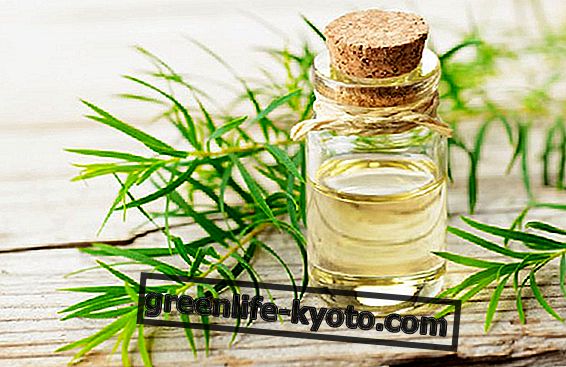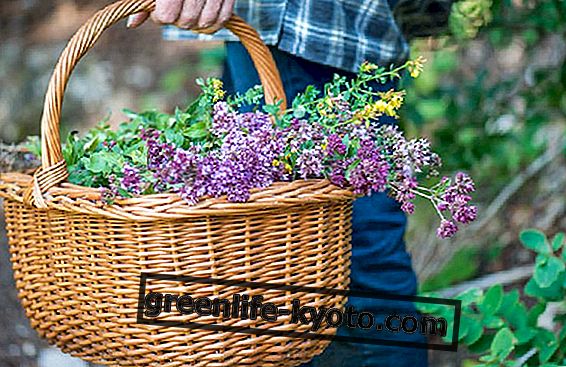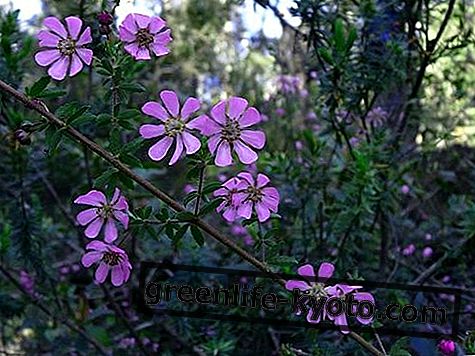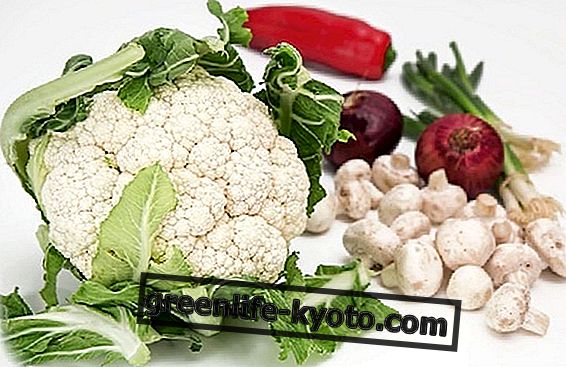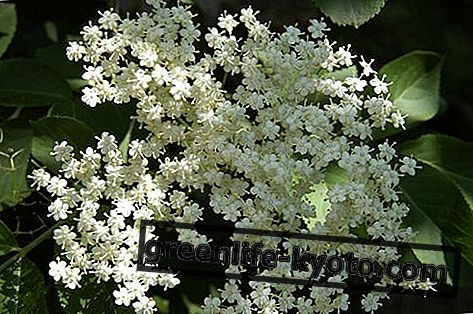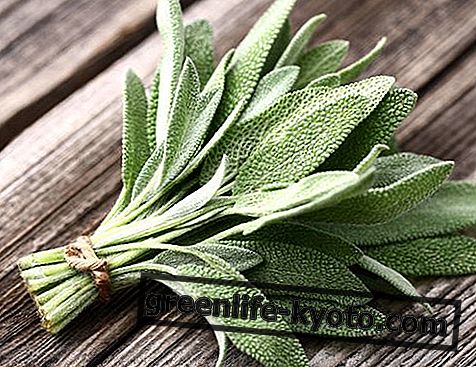The thistle is a unique vegetable, excellent for the liver and to purify the body but which needs a long cleaning and preparation. Let's find out better.
>

Description of Cardo
The thistle or wild artichoke is a variety of vegetable known scientifically with the name of Cynara cardunculus altilis, a plant belonging to the Asteraceae family .
It is a perennial herbaceous plant with an erect appearance, green in color and with lighter or whitish stems and a height that can reach two meters, branched in bloom, sturdy and streaked, has alternate leaves and in some cases thorns.
The flowers are pinkish-purple and develop on the upper part of the plant. There are different varieties of thistle: cultivated thistle ( C. cardunculus altilis ), wild thistle ( C. cardunculus sylvestris ), artichoke ( C. cardunculus subsp. Scolymus ). In particular, there is a variety of wild thistle found throughout the center, the south and in the islands, called milk thistle ( Silybum marianum ) or even "cardo benedetto" or "cardo della Madonna".
Originally from the Mediterranean areas, cultivated also in dry and arid areas, the thistle is used both as a food product, in the varieties of cardoon and artichoke, and also as a phytotherapic preparation (wild or marian thistle).
Unlike other vegetables , frost is essential for the thistle, in fact, after a frost, the consistency of this vegetable becomes better and more tender. The taste is reminiscent of the bitter artichoke.
Properties and benefits of Cardo
Used wild in herbal medicine in extracts and herbal teas, the food thistle is known for its purifying virtues, in particular as a tonic for the liver thanks to the presence of a substance known as silybin which helps to dispose of the toxins accumulated in the body.
It also has laxative properties, being very rich in fiber. It also contains antioxidant substances, which help keep the body young, minerals and vitamins.
The whole gives the thistle also anti-cholesterol-lowering, digestive and fat-burning properties.
The thistle is cleaned by cutting the long stem into pieces and eliminating the filamentous part of the ribs, up to the light and tender heart; if after washing it is not immediately prepared, you must put the thistle stems in acidulated water, otherwise they will blacken.
To prevent the thistle from blackening also with the boiling, it is advisable to cook it in water with the juice of half a lemon or with a spoon of flour. Good boiled (cooking is very long, two to four hours are necessary), it is cooked in various ways.
Only the hunchback thistle of Nizza Monferrato or other more prized types are also good eaten raw.
Calories and nutritional values of the Cardo
100 grams of Cardo bring about 17 kcalories .
For every 100 grams of this food we have:
- Water 94 g
- Fibers g 1, 6
- Sugars 3.9 g
- Proteins 0.7 g
- Fats 0.1 g
- Carbohydrates 4 g
- Potassium 400 mg
- Sodium 170 mg
- Calcium 70 mg
- Vitamin B2 0, 004
Milk thistle: dosage and how to use it in recipes
Cardo ally of
The thistle, an excellent natural depurative, is liver ally, useful for the health of the intestine and is an excellent tonic for the whole organism in general.
Curiosity about Cardo
In ancient times and still in some areas of Tuscany , thistle seeds and sprouts were used to make cheese curdle .
Recently the thistle is also used in the energy supply chain, as the seeds can be used for the production of biodiesel, while the residual biomass for the production of thermal energy.
Among the many varieties of thistle, besides the already mentioned ones, we remember the thistle of Bologna without thorns, the Piedmontese cardo of Chieri, the prized thistle of Tours, the giant thistle of Romagna, the sad thistle, with dark red holes, the thistle winged wetlands. The annual Sagra del cardo is held in Andezeno, in the province of Turin.
A recipe with a thistle
Loved in Piedmont, the bagna cauda is typical and is eaten with a thistle ; here is a veg version.
Ingredients for three people:
- 200 grams of walnut kernels,
- 250 ml of soy cream,
- 100 ml of extra virgin olive oil,
- 4 cloves of garlic,
- 3 tablespoons of capers,
- 3 tablespoons of taggiasca olives paté,
- cooked vegetables (including thistles) and raw to accompany the sauce.
Procedure : chop nuts, garlic and capers and sauté in a pan with a tablespoon of oil, then add the pate of olives. Mix everything, add about 300 ml of water and bring it to a boil; cook over low heat for about half an hour. Towards the end of cooking add the soy cream, mixing everything well. Turn off and serve on the table in the special bowls, together with the mix of seasonal vegetables.
